Facts about Atal Setu, covering its design, construction, significance, and trivia. These include facts about the Mumbai Trans Harbour Link (MTHL), officially named Atal Bihari Vajpayee Sewri–Nhava Sheva Atal Setu:
India has always had a thing for grand infrastructure projects—massive dams, towering statues, high-speed trains, and of course, the country’s ever-growing network of highways and bridges. But among all of them, one project stands out in recent times, not just for its size but for its symbolism. We’re talking about Atal Setu, officially known as the Mumbai Trans Harbour Link (MTHL)—a jaw-dropping engineering marvel that connects the city of dreams, Mumbai, to the rapidly developing Navi Mumbai.
And guess what? It’s not just any bridge. It’s the longest sea bridge in India. Buckle up, because we’re about to take a ride—on and through Atal Setu.
First, Who Was Atal?
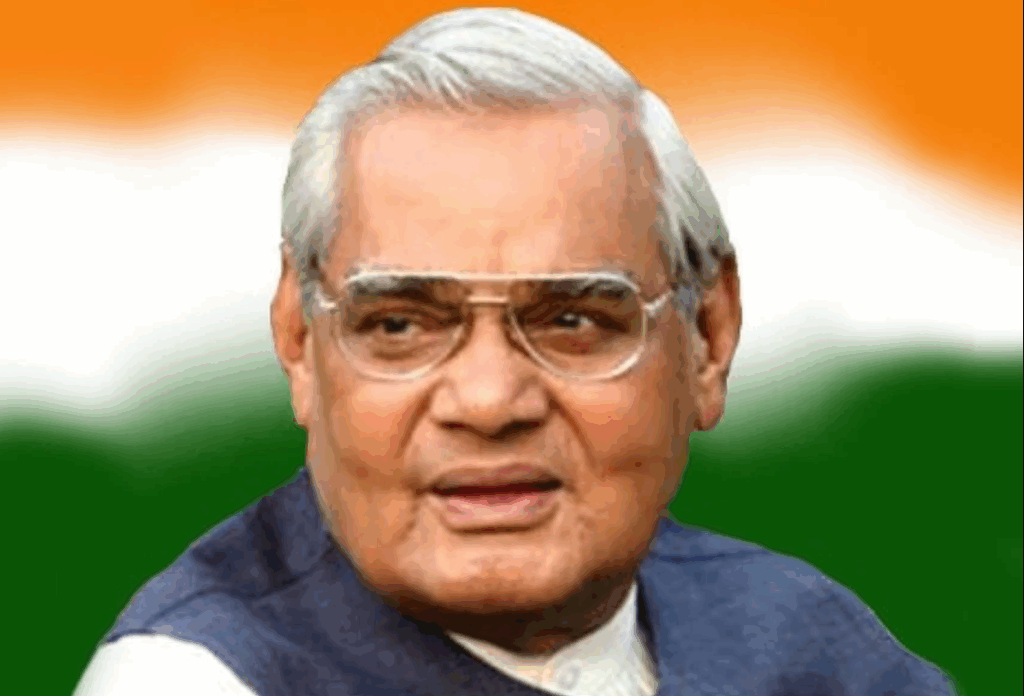
Before we dive into concrete, steel, and sea, let’s talk about the man this iconic bridge is named after—Atal Bihari Vajpayee. You know him: the poetic, soft-spoken, yet razor-sharp Prime Minister of India, known for his calm demeanour and love for infrastructure development. Under his leadership, India saw a big push in highway projects like the Golden Quadrilateral, which revolutionized road travel across the country.
Naming a massive bridge like this after him? Totally makes sense.
So, What Is Atal Setu?
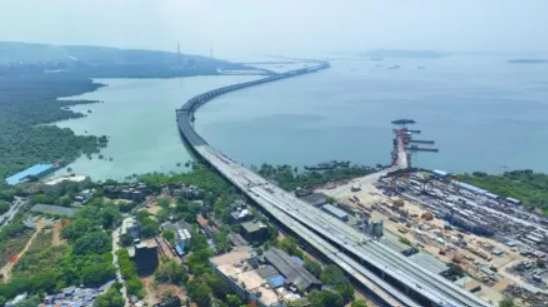
The Atal Setu, also called the Mumbai Trans Harbour Link, is a 21.8-kilometre long six-lane bridge that connects Sewri in South Mumbai to Nhava Sheva in Navi Mumbai.
Let that sink in—21.8 km. That’s like driving from one end of a metro city to another, but on a bridge, over the sea.
It’s the longest sea bridge in India, and the 11th longest in the world. It’s part of the grand plan to decongest Mumbai and give Navi Mumbai the push it needs to grow into the next urban hotspot.
And let’s be honest—if you’ve ever been stuck in Mumbai traffic (and who hasn’t?), the very thought of a 20-minute sea route instead of 2 hours in bumper-to-bumper madness sounds like a dream.
The Journey: From Blueprint to Reality
The idea of building a sea link between Mumbai and Navi Mumbai has been floating around since the 1960s. Yup, that long. But as with most big projects in India, things took time. Politics, paperwork, permissions—everything moved slowly.
But in 2016, the Mumbai Metropolitan Region Development Authority (MMRDA) finally kicked things into gear. Construction officially began in 2018, with the help of Japanese funding and engineering expertise.
Fast forward to January 12, 2024, and Prime Minister Narendra Modi inaugurated the bridge, naming it Atal Bihari Vajpayee Sewri-Nhava Sheva Atal Setu.
From idea to inauguration, it took nearly six decades to become a reality—but hey, better late than never, right?
Engineering Marvel? Oh, Absolutely.
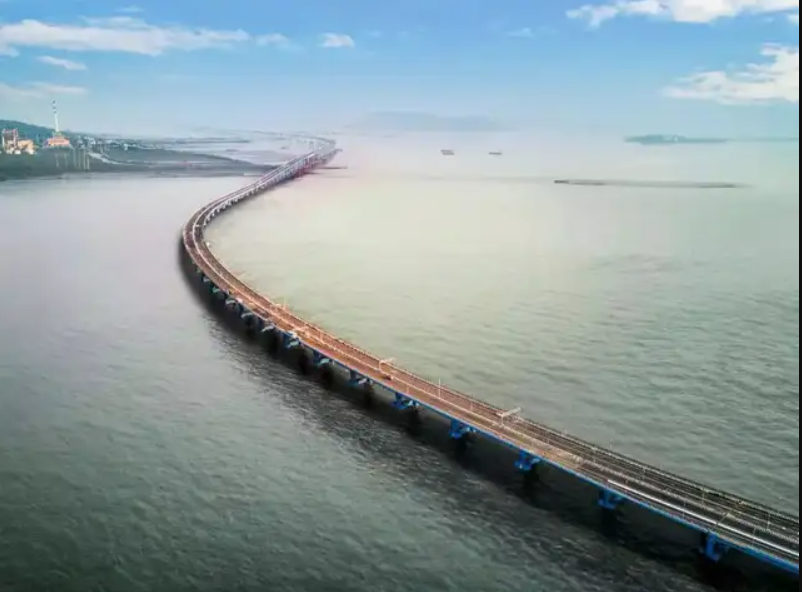
This isn’t just a bridge. It’s a technological masterpiece.
Let’s break down why Atal Setu is such a big deal:
- Longest Sea Bridge in India: Already mentioned, but it’s worth repeating. This thing is LONG.
- 6 Lanes Wide: Three lanes on each side, designed for fast, smooth traffic.
- Speed Limit? 100 kmph!: It’s a proper expressway. Just don’t try drag racing.
- Made to Last: Designed to handle everything from heavy monsoons to sea corrosion. It’s built to serve for over 100 years.
- Time Saver: What used to take 2 hours by road now takes 20–25 minutes.
Also, the bridge has been built using some seriously high-end technology. We’re talking Japanese earthquake-resistant features, intelligent traffic systems, and heavy-duty marine engineering. Think of it as the Rolls-Royce of bridges.
Not Just a Bridge, But a Game-Changer
Atal Setu isn’t just about getting from Point A to Point B faster. It’s about transforming the region.
Here’s how:
1. Decongesting Mumbai
Mumbai is crowded. No, seriously—bursting-at-the-seams crowded. By connecting it to Navi Mumbai, the bridge encourages people and businesses to move outward, reducing pressure on central Mumbai.
2. Boosting Navi Mumbai
With better access, Navi Mumbai becomes more attractive for real estate, businesses, and logistics. Imagine living in Navi Mumbai and reaching South Mumbai in 25 minutes. Game-changer, right?
3. Speeding Up Cargo and Port Activity
The bridge directly connects to Jawaharlal Nehru Port (JNPT), India’s biggest container port. That means faster cargo movement, reduced costs, and a boost to the economy.
4. Connecting to Upcoming Infrastructure
The bridge ties in beautifully with other mega-projects: the Mumbai-Goa Expressway, Navi Mumbai International Airport, and the Mumbai Metro. Everything starts to feel connected. It’s like India’s finally building its future-city dreams.
The Cost of Progress
Of course, building something this big doesn’t come cheap. The total cost? Around ₹17,840 crore (roughly $2.1 billion). It’s one of the most expensive infrastructure projects in India.
But then again, when you build something that’s going to last a century and change the future of an entire region, the cost is kind of worth it.
Cool Things You Might Not Know
- No Two-Wheelers or Pedestrians: For safety and speed, the bridge doesn’t allow bikes or people on foot.
- CCTV Everywhere: For safety and monitoring, it’s got over 500 CCTV cameras and high-tech sensors.
- Special Lanes for Emergencies: The design includes emergency lanes for ambulances and breakdowns. Smart thinking.
- Stunning Views: Driving on Atal Setu gives you an epic view of the Mumbai skyline, the sea, and the horizon. Perfect Instagram material, honestly.
Critics Say…
No major project is free from criticism. Some people have raised concerns about environmental impact—especially since the bridge goes over mangroves and sensitive marine areas. Others worry about the toll charges, saying it might be too expensive for daily commuters.
Those are real concerns and deserve attention. Hopefully, the authorities continue to strike a balance between development and sustainability.
A Tribute to Atal ji
Naming this bridge after Atal Bihari Vajpayee is more than a formality—it’s a tribute to a leader who believed in connectivity, progress, and nation-building through infrastructure.
He once famously said:
“Bharat ek hai, isse koi tod nahi sakta. Bharat ek soch hai, isse koi rok nahi sakta.”
(“India is one; no one can break it. India is an idea; no one can stop it.”)
That spirit of unity, vision, and moving forward is exactly what Atal Setu represents.
Final Thoughts
Atal Setu isn’t just a sea bridge—it’s a symbol. Of how far India has come in terms of infrastructure. Of how big dreams can take decades, but they do come true. And of how good planning, modern engineering, and political will can come together to literally build the future.
So, the next time you’re stuck in traffic on a Mumbai street, imagine a smooth, breezy ride over the Arabian Sea—because now, that dream is real. It’s called Atal Setu.







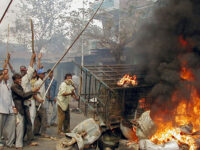





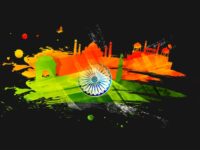
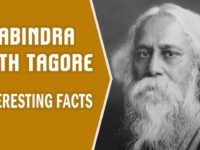














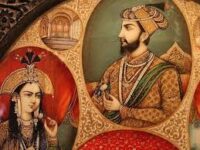

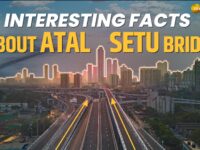

















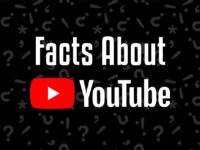













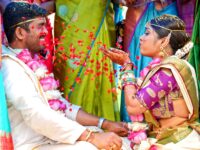

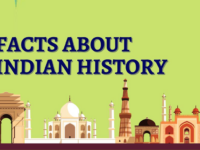











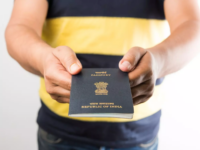


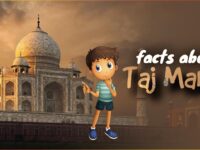

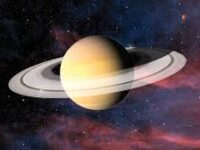

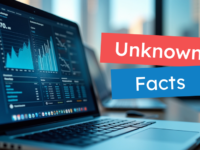





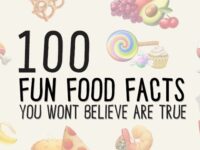













0 Comments